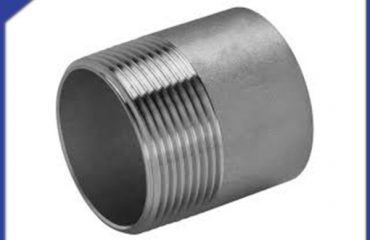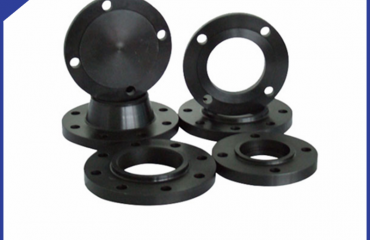Flange, also known as flange or flange, is mainly used for the connection between the pipe and an important part of the pipe, connected to both ends of the pipe. The two flanges can also be connected with each other. Because there are holes in the flange, the two flanges can be closely connected by bolts.But the flange function of different materials is not the same. The following small braid will show us the difference between stainless steel flange and high-pressure stainless steel flange.
There are many kinds of stainless steel flange, such as plate flat welding flange, neck flat welding flange, neck butt welding flange, threaded flange, socket welding flange, loose flange, blind flange and all kinds of non-standard flange, which are collectively called stainless steel flange.
The difference between stainless steel flange and high pressure stainless steel flange lies in the word “high pressure”. High pressure flange can accept relatively high pressure. The commonly used flange used in high-pressure pipeline is butt welding flange with neck and all steel flange. The requirements of this kind of high-pressure flange are quite strict. Solution and flaw detection must be done, especially the flange neck must not have any cracks.
Like general flat welding flange, the pressure is 40 kg, while the pressure of high-pressure flange can be up to 2500 LB ~ 3000 lb, or even higher. The above is the difference between ordinary stainless steel flange and high-pressure flange.
Flange has the following materials:
1. The material 301 has good ductility and can be used for flange forming products. It can also be made to harden rapidly by machining, with good weldability, better wear resistance and fatigue strength than 304 stainless steel.
2. The corrosion resistance of raw material 302 is the same as that of 304, because the carbon content is relatively high, the strength is better.
3. The raw material 303 is easier to cut than 304 by adding a small amount of sulfur and phosphorus.
4. Material 304 – general type; i.e. 18 / 8 stainless steel. GB brand is 0Cr18Ni9.
5. The material 309 – has better temperature resistance than 304.
6. Material 316 – after 304, the second most widely used steel, mainly used in food industry and surgical equipment, adding molybdenum element to obtain a special corrosion-resistant structure. Compared with 304, it has better chloride corrosion resistance, so it is also used as “marine steel”. SS316 is generally used in nuclear fuel recovery equipment. 18 / 10 grade stainless steel also generally meets this application level.
7. Material 321 – similar in function to material 304 except that the addition of titanium reduces the risk of weld corrosion. 400 series – Ferritic and martensitic stainless steel.
8. The raw material 408 has good heat resistance, weak corrosion resistance, 11% Cr, 8% Ni. Type 409 – the cheapest type (British and American), commonly used as car exhaust pipe, is ferritic stainless steel (chrome steel). Type 410 martensite (high strength chromium steel) has good wear resistance and poor corrosion resistance.
 Language
Language Espanol
Espanol English
English Italian
Italian عربى
عربى
 Skype: chinamaker99
Skype: chinamaker99  Tel: 86-316-5120812
Tel: 86-316-5120812 Email:
Email:  Whatsapp:
Whatsapp: 
